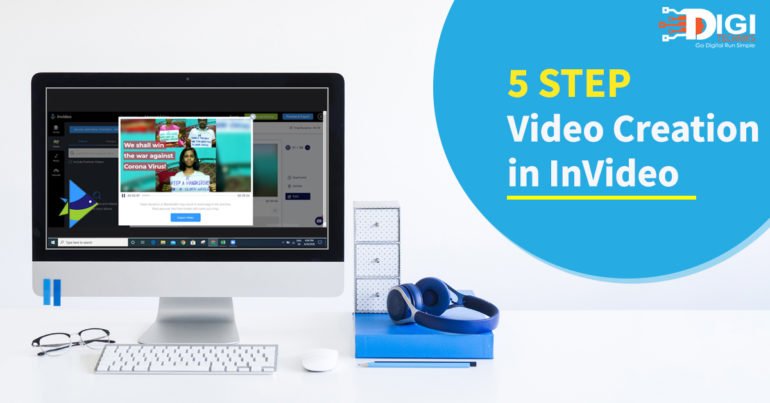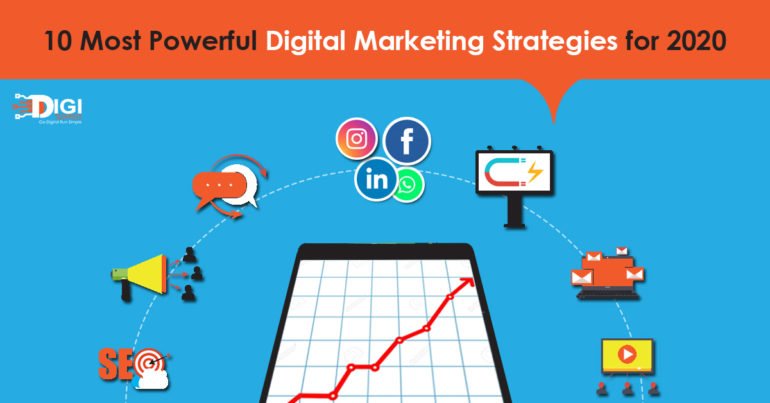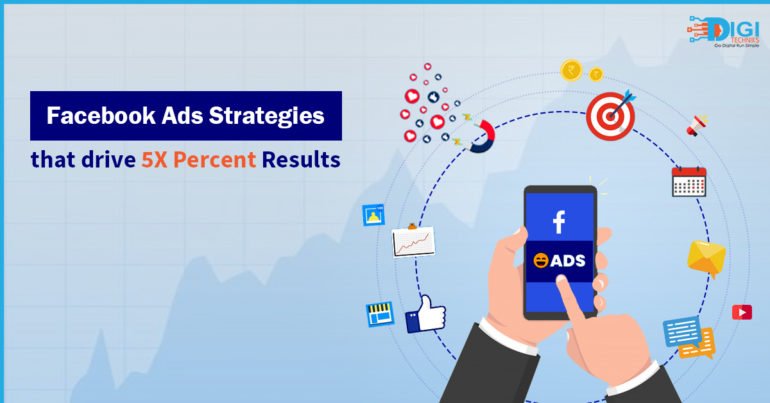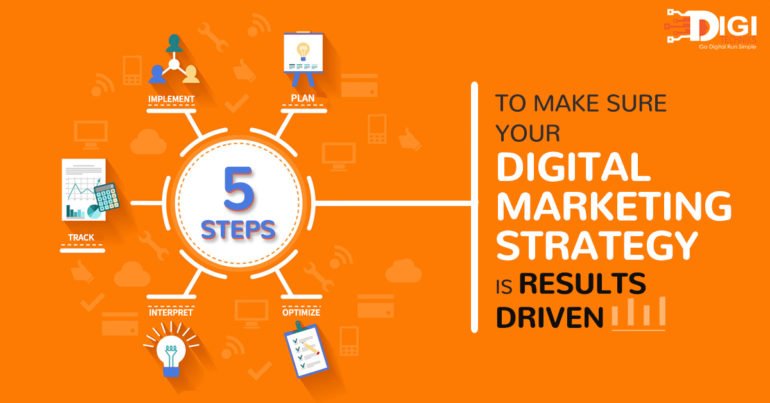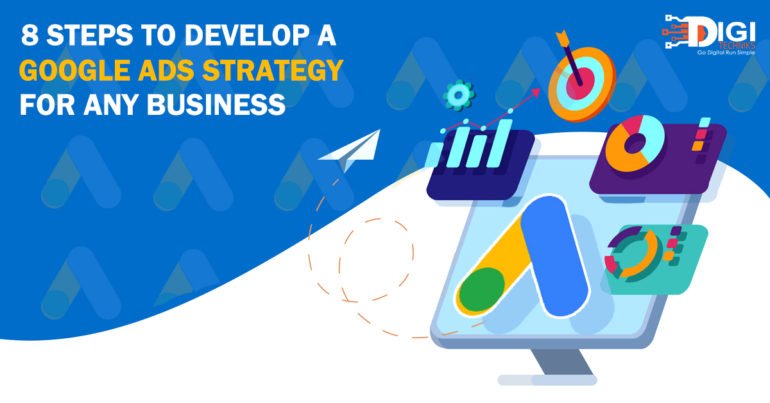Do you want to crack the code on how you can use SEO to grow your business and get more leads and sales?
You may have heard the SEO success stories of other people and now you want the same for your business. That’s great, but here’s a reminder — SEO is not an option. You simply cannot ignore SEO if you want to survive and succeed in today’s business landscape.
But where do you begin? Which SEO strategies would work for your business?
Before diving straight into the application of SEO techniques, it’s important to find answers to these questions and put a plan into place. That’s where the need for a solid SEO strategy comes in.
Without a strategy, not only will you feel lost but also lose time, money, and opportunities. You won’t see the results you’re looking for and it may even damage your website’s reputation and presence online.
What types of unethical tactics should you avoid? How to prevent your site from getting penalized by Google?
A proper SEO strategy will help you navigate the tricky waters of search engine rankings while helping you steer clear of any shady practices that may put your brand at risk.
So, if you’re looking to make SEO work for your business in 2020, we have you covered. But before we get into the step-by-step process to create an SEO strategy, let’s quickly take a glance at what SEO actually is.
What is SEO?
SEO or Search Engine Optimisation is the way to drive high-quality traffic to your website and simultaneously boost your brand’s presence, reach, and lead generation through organic (or non-paid) search engine results.
Simply put, SEO is all about making changes to the web pages on your site in a way that they are understood and preferred by search engines better than those of your competitors. This puts your website among the top positions on search engine result pages (SERP) for a particular query, so you have a better chance of being seen by your target audience.
1. Understanding whether you need SEO
As we mentioned before, SEO is a must-have for businesses these days. But if you still wish to assess your need for SEO, as yourself the following questions?
- Are you witnessing less conversions?
- Are you struggling to compete in your market?
- Do you want to reach more customers?
- Do you want to get more good-quality leads?
- Are your customers spending more time online?
If the answers to these questions are “yes”, then your business needs SEO and you need to have a strategy to make it work.
2. Finalizing goals
In this step, you need to identify the goals you’re looking to fulfill through SEO. For your SEO outcomes to benefit your business, make sure that these goals are aligned to your business objectives.
For example, if you want to increase your sales, then it makes sense to adopt SEO strategies that are focused on converting your site visitors into paying customers. Plus, through tactics like retargeting, you can attract existing customers and encourage them to become repeat buyers.
Similarly, if your aim is to create a buzz around your business and increase customer awareness, your SEO strategy should focus on brand building and promotion.
3. Spying on your competitors
Clueless as to where to begin? Simple, keep a watch on your competitors. In this context, “spying” means knowing the strengths and weaknesses of your closest competitors in business. This will help you gain new ideas and learn from their mistakes. So when you know what your competitors are up to, you’ll be better positioned to plan out your next move.
Wondering how to do that? Check out this list of tools that allow you to collect a host of information on your competition.
Related Article– 12 Affordable Digital Marketing Tools To Spy On Your Competitors (Like A Boss)
4. Doing keyword research
Are you still guessing the keywords your customers might be using while searching for your products/ services? Or, are you still entering random keywords into a tool and hoping for good results?
These are impractical and often blind-sided ways to go about SEO keywords research. So, when you do it this way, you end up optimizing content around phrases that will probably give you mediocre results at best. In other words, it can be a hit or miss.
Now is the time to put the guessing game to rest. One of the most effective tactics is to find the exact keywords that your competitors already rank for. This cuts down your time for research and gives you those keywords that have good potential. You can choose from a bunch of different tools to find keywords that your competitors are using — SEMrush is one of them.
5. Choosing different keyword types for different goals
Not all keywords are meant fulfil the same purpose. For example, transactional keywords and informational keywords are used to target buyers in different stages of customer lifecycle.
While transactional keywords (contain words like “buy”, “sale”, “rent” etc.) are typically meant for ready-to-buy customers, informational keywords (include “where”, “when”, “how”, etc.) are used by customers in the awareness phase when they are still searching for information prior to making purchase decisions.
Along with the purpose, the way these keywords can help you rank on SERPs is also different. Transactional keywords are suited for landing pages, category pages, and service pages of the websites. Informational keywords, on the other hand, perform best when used in blogs and articles.
In one of our previous articles, we discussed the differences between these two categories of keywords in depth. You can check it out here.
6. Estimating the efforts and time required
SEO can be time-consuming and the returns are rarely immediate. Therefore, it’s essential to set realistic expectations at the outset.
The amount of time and effort you’re willing to put into your SEO campaigns will depend on factors like your business goals, budget, type of customers, competitors, etc. For example, if you’re planning to rank highly for a large number of keywords against many competitors, you’ll have to spend more time than someone who is looking to rank locally.
It’s true that the more time you invest, the better payoff you can expect. But, whether or not you should invest a certain number of hours into your SEO efforts is something you have to figure out after understanding your business needs and the role SEO plays in it.
7. Doing on-page and off-page SEO
Your SEO efforts should be a concerted mix of on-page and off-page SEO. For the uninitiated, on-page SEO takes place within the site, while off-page SEO happens outside the site.
For instance, on-page SEO refers to elements within your website that you can optimize such as the content and the underlying code. Off-page SEO refers to activities performed to boost your site’s credibility, reputation, and authority through inbound links and social signals.
Both on-page SEO and off-page SEO are important when it comes to driving valuable traffic to your website. You just need to understand the way both work and how to implement them in your strategy for maximum benefit.
8. Implementing advanced SEO
Have you noticed how some search results appear in a box-like format at the top right side of the SERPs? Well, this is known as a Knowledge Graph.
Rich snippets are another form of structured information that appears in the space between the URL and description in the SERPs.
Google’s Knowledge Graph and structured snippets both play critical roles in entity-based search and are particularly helpful for e-commerce businesses.
These advanced SEO elements allow website owners to add more details about their website and its content, which makes their websites better understood by search engines. This is done by including a piece of code in a specific format that’s understandable to search engines, which read the code and create rich snippets.
When done well, this extra step can take your SEO outcome from ordinary to outstanding.
9. Using search console to improve the ranking of every webpage
This is perhaps one of the best yet an understated SEO trick in the book. Google Search Console (former Google Webmaster Tools) is one of the most powerful SEO tools at your disposal.
It’s a free service by Google that enables you to manage your website’s search functionality. Not only does it help you to optimize your search engine rankings, but it also helps you identify and fix errors that could weigh down your website’s rank in the SERPs.
There’s a host of other benefits of using a search console, but one this thing is certain — it’s a vital tool that can make a world of difference in your SEO results.
Related Article– The Definitive SEO Guide to Growing Small and Medium Businesses
With these proven strategies in place, you’ll be on your way to take your company’s SEO to the next level.
But here’s something you need to remember. As with everything else in digital marketing, building an SEO strategy is not the end of the road. You need to keep monitoring, measuring, and tweaking your SEO efforts to experience the advantages that SEO offers.
If you’re planning to employ SEO to grow your business or looking to improve the outcomes of your existing campaigns, start from the drawing board. While it might look like a step back, taking your time to strategize your SEO efforts could pay dividends far into the future.
Related Article– Step by Step Guide To Develop a Search Engine Strategy for Your Business
